Journal #47: Circling America, Pt. 2
by Miles Raymer
There are lots of ways to design a cross-country road trip, but Jessie’s goal was to see as many National Parks as possible. We visited few major cities, and spent about half our nights camped under the stars.
Seeing National Parks has never been a particular ambition of mine, but I’m not much of an urbanite, so this plan was fine by me. While I knew they would be beautiful, that notion had the abstract character of something not truly grasped, similar to my nebulous ideas about what living in Japan would be like before I arrived there. The famed grandeur of the American landscape––its vast and varied character, its sublime surfaces––inhabited my mind in the form of throwaway textbook lines and glitzy postcards.
And then, day by day, it became real for me. The Parks rose up out of the horizon, or toppled down before it, or appeared suddenly through the bug-splattered windshield.
Part Two: The Splendor
Our first stop was Crater Lake, OR. I’d been there as a kid, but recalled it only vaguely. Jessie had never seen it, so we hiked up to a high overlook before completing the rim drive.
I used to think Crater Lake was the result of an asteroid impact, but learned that the crater is in fact the remnants of a collapsed volcano that filled with water over hundreds of years. The lake’s many shades of blue are dazzling.
This was our first night in a National Park campground, and we quickly learned to expect friendly service from the rangers, free maps, and nice campsites with plenty of room for our tent, a picnic table, and fire pit. Jessie booked all our campsites months in advance, which helped ease my travel anxiety.
After visiting Visiting Omak and Missoula, we drove north to Glacier National Park. Colin, who spent a summer working there, gave us advice about where to stop and hike. Unfortunately, we weren’t able to take much of his advice because we planned our day poorly, arriving mid-day and trying to seeing everything in the afternoon. Glacier is a stunning place, but our experience of it was marred by large crowds, road construction, and a paucity of parking at the Park’s most popular stops.
Even so, we had no trouble figuring out why Glacier is so renowned.
Glacier taught us a valuable lesson, one that, in retrospect, we probably should have guessed beforehand: when visiting a National Park during peak season, the worst time to visit is between late morning and late afternoon. Jessie and I don’t like crowds, so this lesson became a critical planning tool for the remainder of the trip.
We got the chance to adapt our planning the next day, when we visited Yellowstone National Park. Arriving mid-day, we drove through the park to our campsite, then woke up early the next morning to see Old Faithful. The plan worked well, helped by Yellowstone’s greater accessibility in comparison to Glacier.
Given how much I’d heard about Yellowstone, I thought it couldn’t possibly live up to the hype. I was wrong. Its broad panoramas, wildlife, and geothermal features make it a fascinating and surprising landscape. More than any other Park on the trip, Yellowstone embodied most fully my imaginings of the sprawling, inexaustible American West.
After Yellowstone came an unexpected surprise: Badlands National Park. Couched in the southwest quadrant of South Dakota, Badlands seemed superfluous to me when compared to better-known National Parks, but Jessie insisted we go. Crossing from Wyoming into South Dakota, all we saw were the same flat expanses of previous hours, the same dips and rises and endless highways.
Then small hills of yellowish, pock-marked rock began to appear, quickly unfolding into massive networks that jutted from the flat earth like enormous, jagged teeth. Austere, tranquil, and strangely majestic, the Badlands send a rogue wave of beauty rippling through an otherwise unremarkable terrain.
After setting up camp, Jessie and I drove into the Badlands and hiked for a little over an hour, seeing nothing and no one except insects and a few rabbits. This was one of my favorite evenings of the trip.
Beyond Badlands, we would drive all the way to Maine before arriving at the next Park on our list. We spent a night in Minnesota, then crossed into Canada at Sault Ste. Marie, heading due east for two long days. Exhausted and aching, we finally arrived at Acadia National Park. This was another place I’d have dismissed if not for Jessie’s insistence that it would be a highlight of the trip. Can you guess who was right about that?
Acadia is tiny compared to most National Parks, but it’s packed with sights worth seeing. On our first day, we hiked to the top of Mt. Champlain, which gave us a great view of the many small islands that pepper Maine’s coastline.
The following morning, we woke before dawn to hike the coastline itself. This was the perfect strategy, as there were hardly any people around. We did run into one friendly photographer from Central Massachusetts, who gave us great advice about getting in and out of Cape Cod.
In many ways, the Acadia coast resembled beaches in the Pacific Northwest––rocky, dotted with trees, windswept. Completely different, however, was the reddish hue of the rocks, which shone magnificently in the sunrise.
Next, we headed south for a night in Boston, where we enjoyed a delicious Japanese meal (first time I’ve found curry udon since Japan!) and upscale lodging the The College Club of Boston. Then we made our way to Cape Cod, which was just as beguiling as I’ve been led to believe by movies featuring rich folks brooding on picturesque beaches.
The next location that turned my head was the little town of Woodstock, VT. This place looked and felt similar to Ashland, OR, where my father and I make our yearly pilgrimage to the Oregon Shakespeare Festival. Woodstock is home to a rather obscure but totally delightful discovery from Jessie’s research: the Marsh-Billings-Rockefeller National Historic Park. This is a very small park with an emphasis on environmental conservation.
On a lark, Jessie and I decided to book a room at the Lincoln Inn & Restaurant at the Covered Bridge. This converted farmhouse, which apparently was a residence of Abraham Lincoln’s brother, is run by a small lady with a sprightly disposition and a fully functional ’61 Studebaker Hawk with the most magnificent tailfins.
The Lincoln Inn had an air of homey comfort. As Jessie read and drank wine in a hammock down by the river, I ducked into the tavern for another beer, and found myself talking with some of the other guests. Eventually, the dreaded moment came when they asked me what I do for a living. After more than two years of useful unemployment, I still haven’t figured out a quick way of explaining this. Swallowing my anxiety, I fumbled through an explanation. But I needn’t have worried––my lifestyle elicited curiosity and encouragement from my red-faced interlocutors, rather than bewilderment or disapproval. These are my people, I thought.
Were we ever forced to leave the Pacific Northwest, Jessie and I now know where we’d want to relocate.
After a quick stop at Niagara Falls, followed by a few days in Pittsburgh, we continued south to Asheville, NC. We encountered lots of interesting stuff there, including a Folk Art Center and the famous Biltmore Estate. The Biltmore House is a relic of the robber-barons, built by George Washington Vanderbilt just before the turn of the century.
The extremely ornate Biltmore House exudes a kind of imperial glamor, but walking through it made me feel unpleasantly saturated with opulence. I much preferred the adjacent gardens––especially the conservatory, which sported a room full of orchids.
Walking around Asheville later that day, we entered an old Woolworth’s that had been converted into a craft market. Inside, we discovered an impromptu family reunion for our trip mascot, Archimedes.
Jessie bought Archimedes a few years back from someone on Etsy, and given the uncanny similarity of these other owls, we suspect it was the same artist. Unfortunately, he/she wasn’t around, so we couldn’t ask. But this was a magical, spontaneous moment––an unexpected gift from what suddenly felt like a very small world.
We left the Asheville area via the historic Blue Ridge Highway, and continued to the northern border of the Great Smoky Mountains, where we stayed a night in Gatlinburg before turning west toward Nashville the following day. In Nashville we ate the best southern food I’ve ever had at a little joint called Arnold’s Country Kitchen. We also stopped by the Country Music Hall of Fame, which had a special exhibit highlighting Johnny Cash and Bob Dylan’s influence on the Nashville music scene. My favorite picture was this one, which reminded me of Ma’s great love for Joan Baez.
Westward we hurried, rolling through Memphis, Arkansas, northern Texas, and Santa Fe, toward rainy sunsets in Colorado.
Before heading up to the Rockies, we took the advice of a native Coloradan and stopped off at the Black Canyon of the Gunnison. Good move.
Having already seen a surfeit of natural beauty, I’d never have suspected that my favorite day of the trip was yet to come. We woke at dawn to pack up camp and drive through Rocky Mountain National Park. Ready to greet us was a serene, high-elevation tundra peppered with adorable marmots and elegant elk.
We descended the Rockies and pushed toward our evening destination in Utah: Arches National Park. After checking in at our campground, we made it just in time to hike for a couple hours before sunset. Nothing could have prepared me for Arches, the crown jewel of our trip.
Though The Landscape Arch was impressive, Jessie and I hadn’t seen nearly enough as night fell. Captivated as we were by Arches, we resolved to wake again at dawn and visit The Windows and The Double Arch.
The arches’ upward erosion pattern is counter-intuitive for us gravity-bound beings, and it’s striking that the languid attrition that creates these remarkable formations is the same force that will eventually cause their collapse. The arches are like geological flowers blooming over centuries and millennia.
That 24-hour period––Rockies at dawn, Arches at dusk, Arches at dawn––was a transcendent day for me. I took in so much more than I could ever remember; my senses seemed as conduits for waves of stimulation I could channel but not comprehend or analyze. Looking back now, I’m left with fragments––memories, photographs, surges of emotion––but none of them scratches the surface. A reassuring thought remains as well: Despite that day’s intrinsic unrepeatability, I was there, and it did happen.
Arches National Park was the peak of our trip, but we still had plenty of good stuff for the comedown. First, we zipped to the southwest corner of Utah to visit Zion National Park. This was the most crowded National Park we visited, so much so that we didn’t even try to enter during the day. Due to its extremely narrow shape, Zion is only accessible via shuttle buses. To beat the rush, we got up early to catch the first bus at 6:00 AM, and were rewarded with a peaceful hike to the Upper and Lower Emerald Pools.
We also ran into this king snake, which slithered politely out of our way as we approached.
I’d like to say Zion was the most impressive canyon we saw that day, but that wouldn’t be true. Just a few hours after leaving Zion, Jessie and I stood at the edge of the Grand Canyon’s South Rim.
It was a stormy day with strong wind and intermittent downpours, so we were treated to a few roaring thunderclaps. This made the view that much more epic.
The last National Park on our list was Joshua Tree, which Jessie had visited previously but I’d never seen before. We didn’t do much walking around in the blistering SoCal summer heat, but it was still rewarding to meet these shaggy trees, if only briefly. Jessie says they look like something from a Dr. Seuss book. Who could disagree?
Conclusion: Things Done Right
I was brought up believing that one of the primary duties of an American citizen is to scrutinize American institutions and politics, to keep an eye out for the duplicity and corruption that characterize societal decay. I’ve always considered myself patriotic, with the caveat that true patriotism is expressed primarily through cultural critique and a habitual search for self-improvement. Although I’ve revised my opinions about many issues over the years, this basic pattern of inquiry hasn’t wavered.
One of the unfortunate side effects of taking a critical attitude toward one’s country is that every nation has an unending list of things it isn’t doing well enough. It’s easy to get cynical and frustrated. I often take the well-functioning aspects of America for granted, because I don’t perceive a possible danger in systems that are basically working as we’d like them to.
This trip taught me a new form of patriotism, one shaped by awe and gratitude for our remarkable landscapes and our continued efforts to preserve them for present and future generations. The National Park Service is a government bureaucracy, which means it probably has all sorts of problems and inefficiencies. But from the perspective of a traveler, the NPS is doing a terrific job of helping Americans gain appreciation for and knowledge of our most treasured locales.
Nearly a century ago, our government decided to draw circles and lines all over America––borders to delineate between lands open for private use and ones preserved for the public good. Like all man-made boundaries, these were unnatural and superficial, but they were also heroic in a time of rapidly globalizing competition for space and resources. Advocates praised the creation of spaces where land could be allowed to exist as and for itself, with humans taking an ancillary, subordinate role. One hundred years later, we can proudly say we’ve honored that commitment. It’s worth taking a moment to acknowledge how incredible this is, given the fickle nature of American probity throughout history.
Just as I returned to Humboldt seeking a lifetime relationship with this place and its people, I now have a sense of why all Americans might want to do something similar in their respective homes, all of which seem to have something unique and beautiful to offer. America is a wild, wondrous place despite––and occasionally because of––the strange creatures who call themselves Americans. We are far from perfect, but we are doing, and have done, some things right.
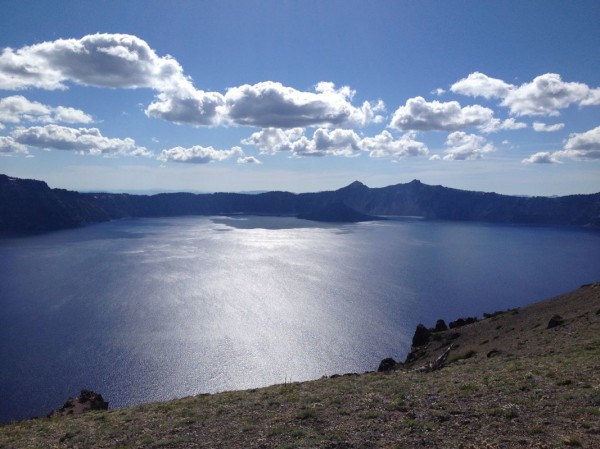
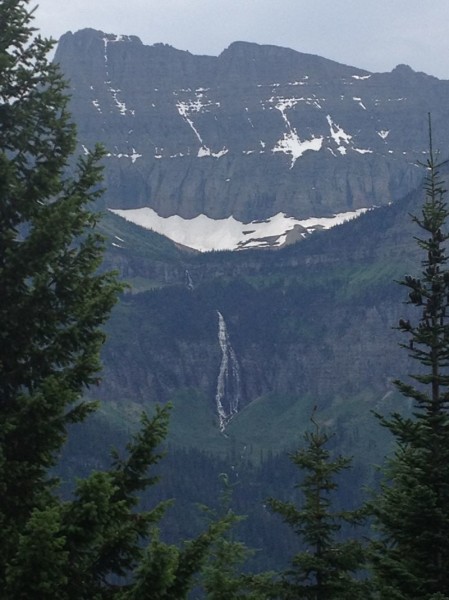
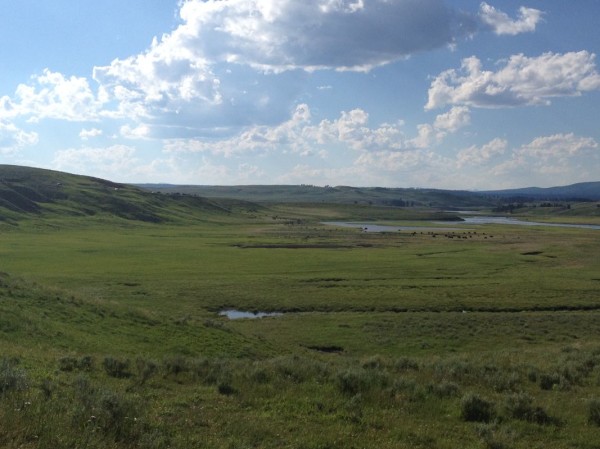
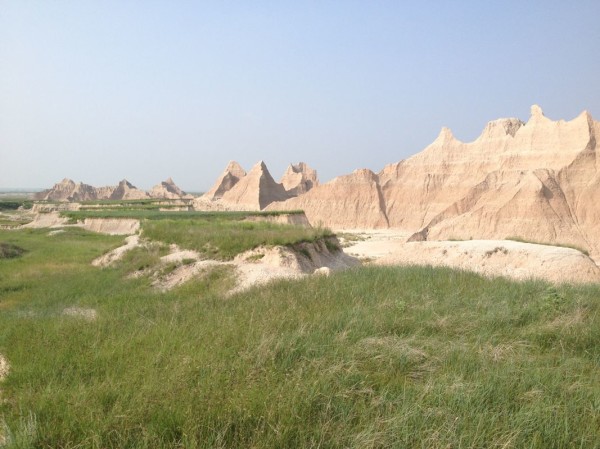
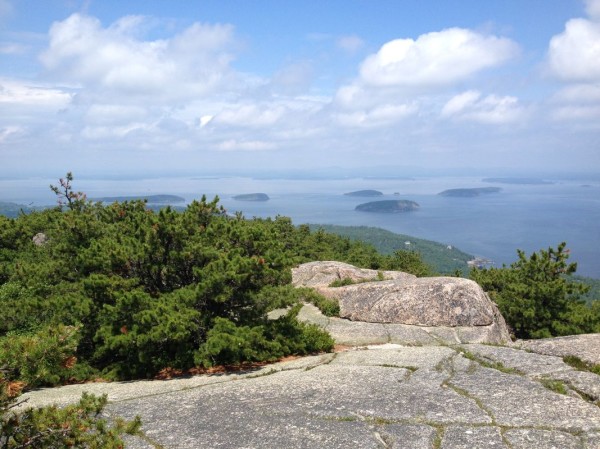
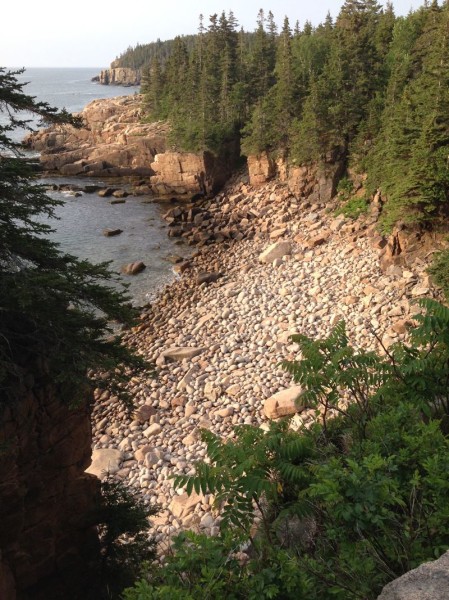
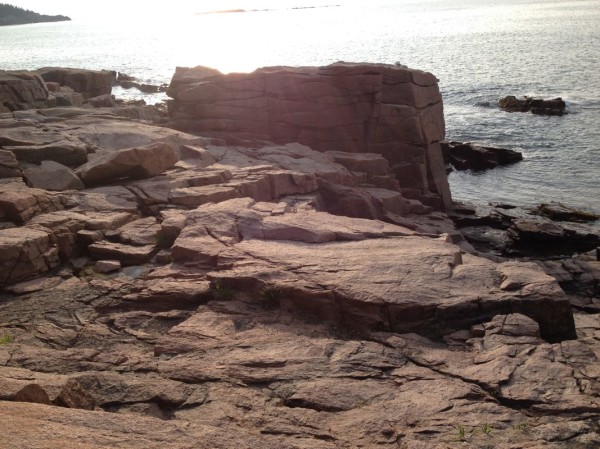
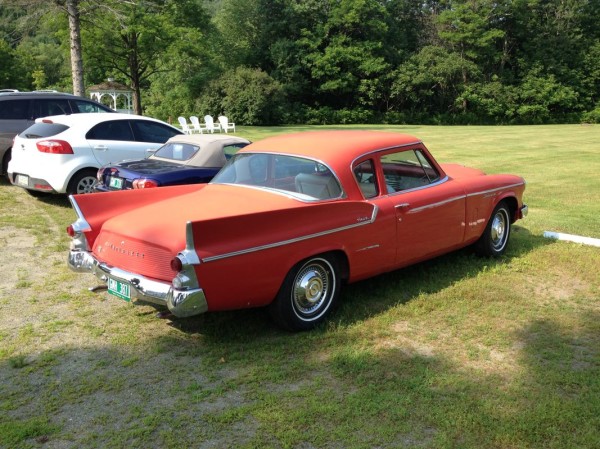
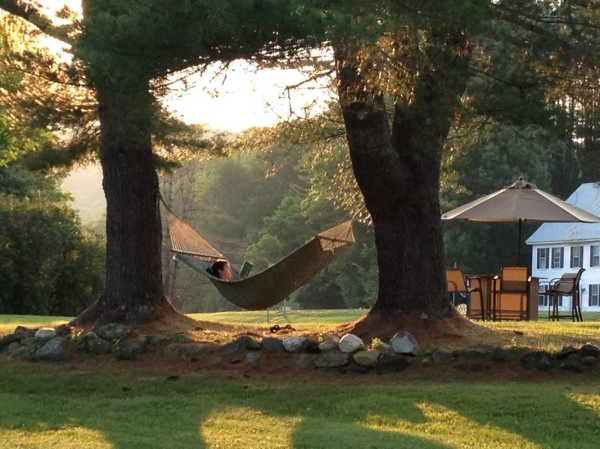
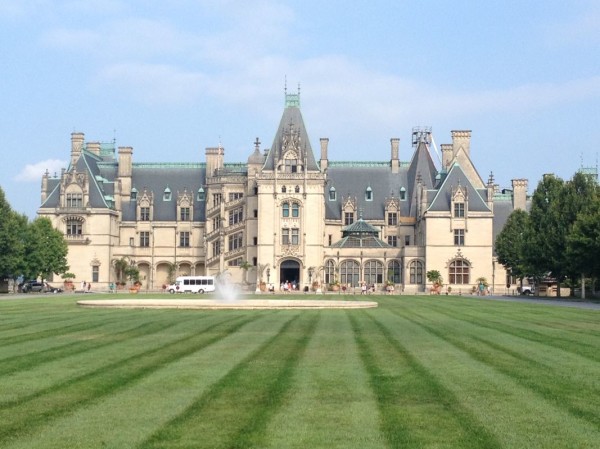
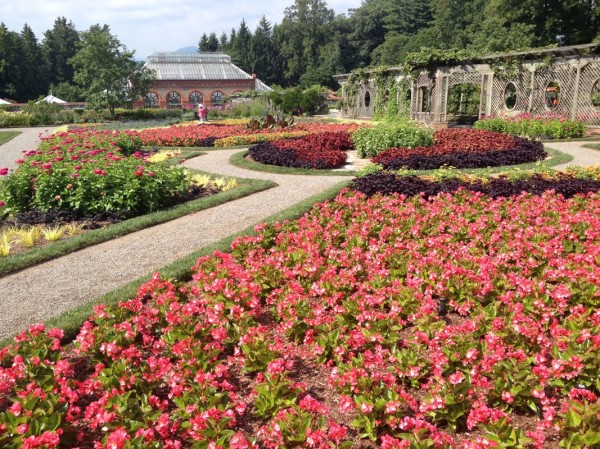
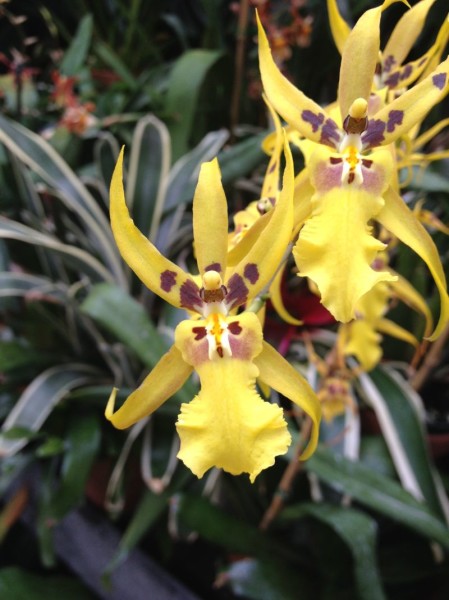

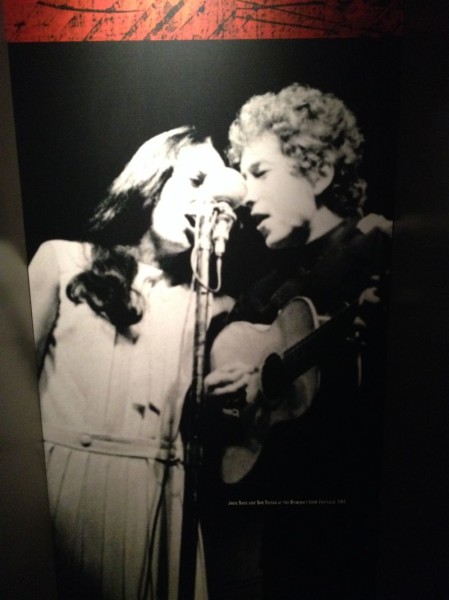
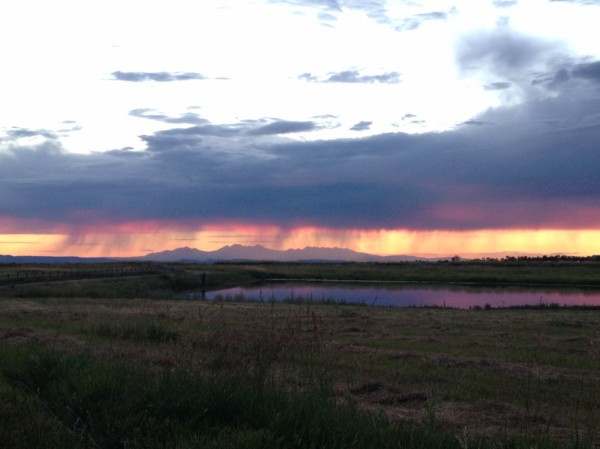
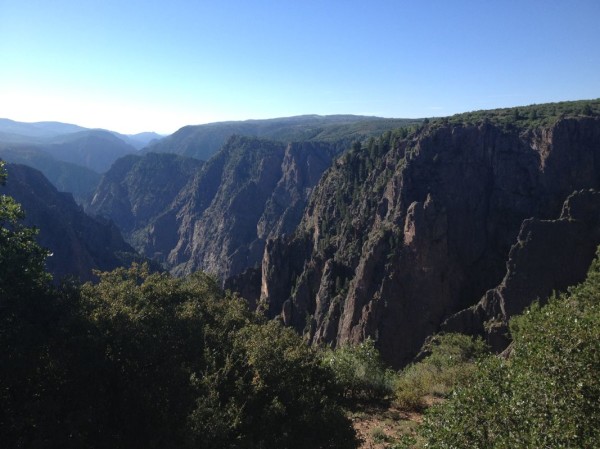
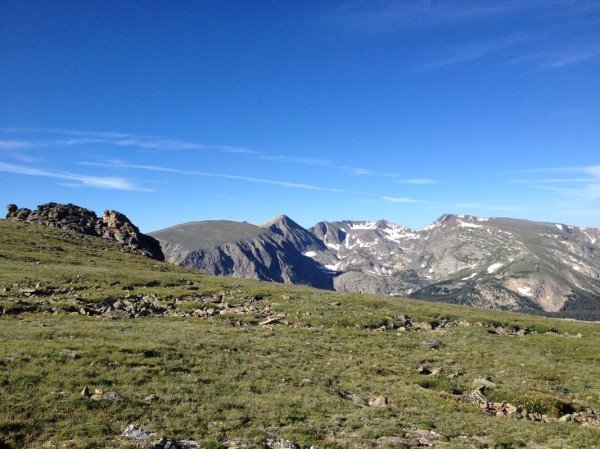
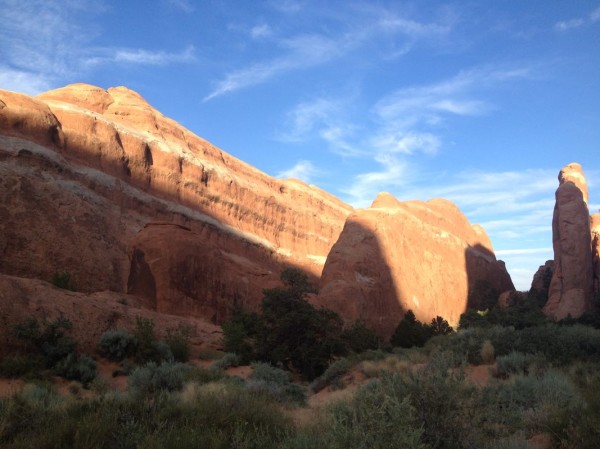
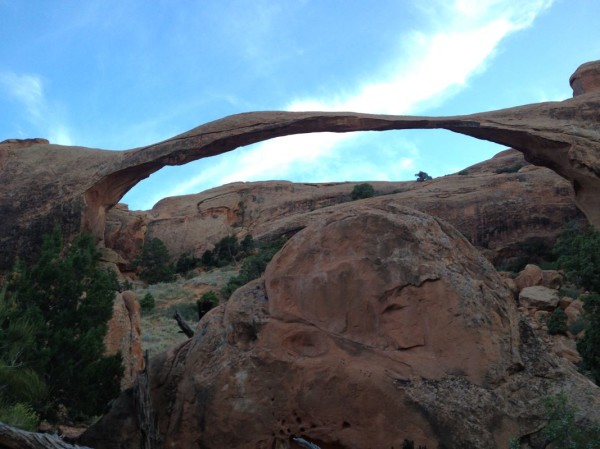
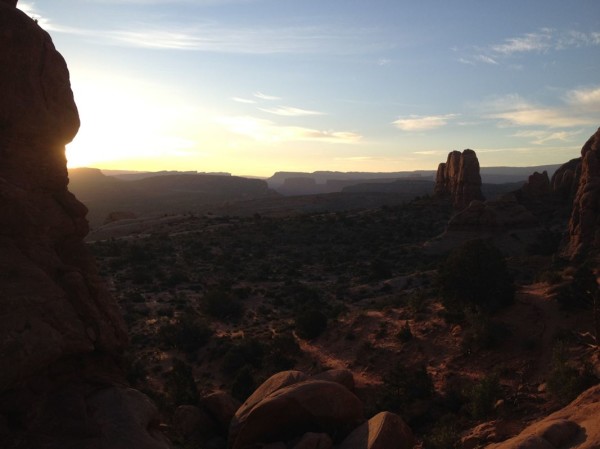
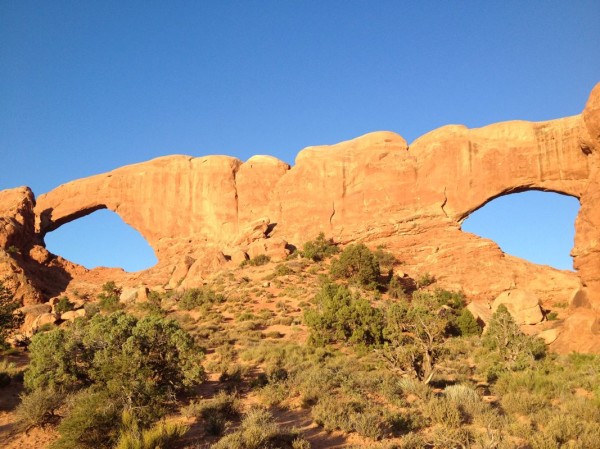
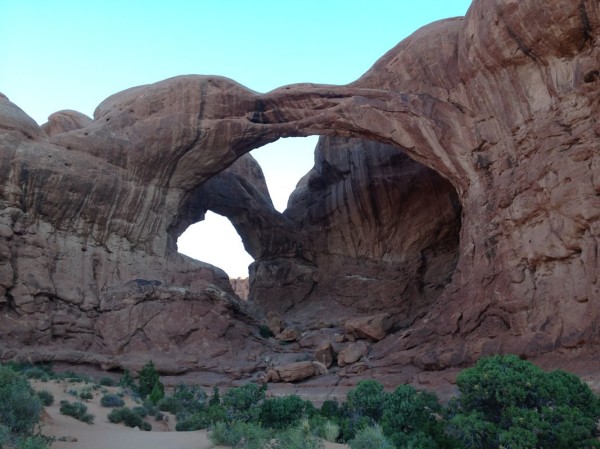
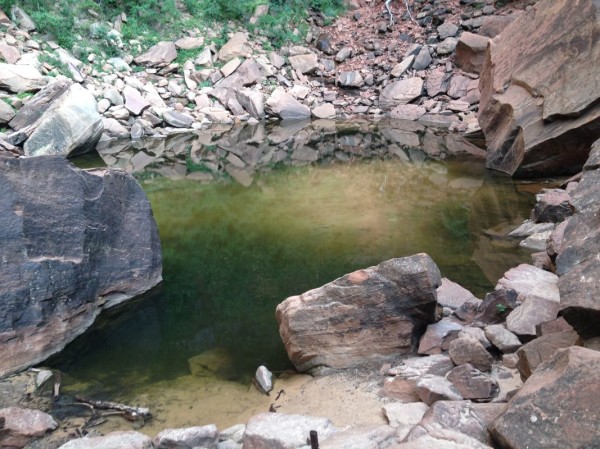
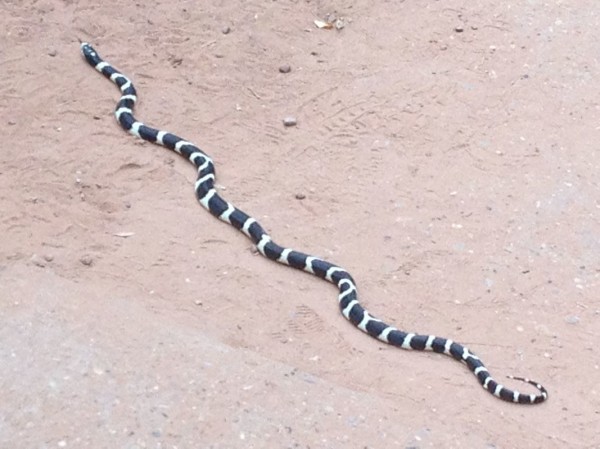
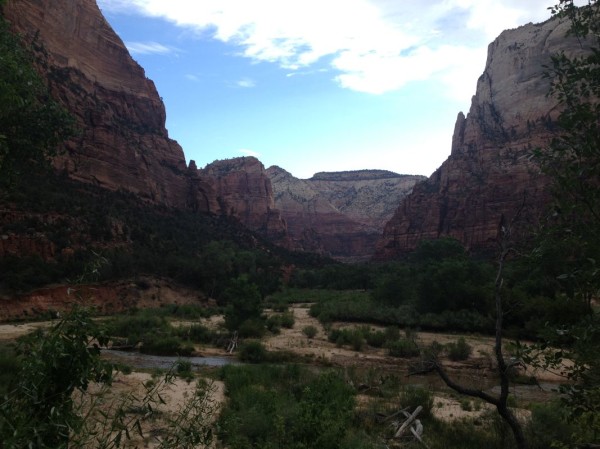
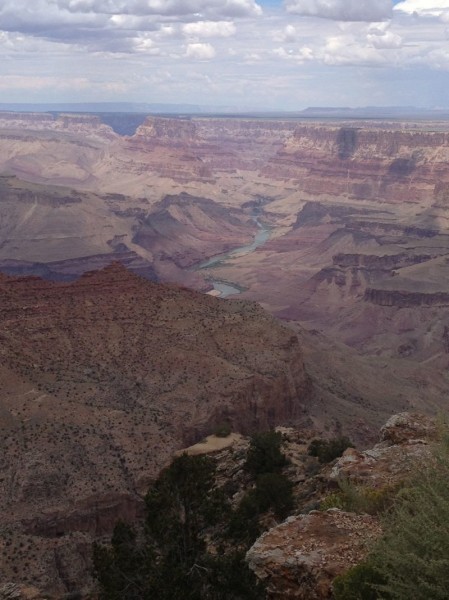
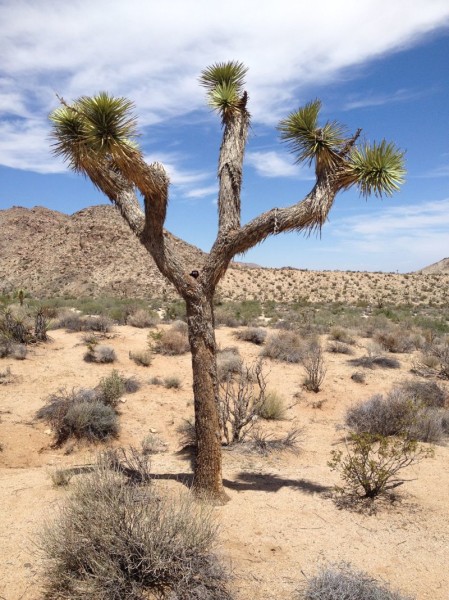
Thanks for sharing this Miles……In the end you got why the parks spend so much energy on inspiring us to care about their protection!
My pleasure. Thanks for reading!
That was a sweet read! Not only is your descriptive writing nice to behold, your descriptions of the parks took me back to when I worked in Yellowstone, the Grand Canyon, and Yosemite while also visiting the other nearby parks. It was a good time in my life, on the whole, and it was a pleasure to take a stroll down memory lane through your pictures and words. I am so happy that you and Jessie took this whirlwind of a trip:)
So are we! Thanks for reading.
I can’t believe how gorgeous the Badlands look! Beyond that surprise, it’s really powerful to have a narrative and set of images that really showcases the diversity of landscape and experience in this country. For critical social thinkers like us, it can be a strange experience to experience a welling up of pure patriotism. Places like the Grand Canyon and Crater Lake will do that to you, though!
I’m so glad you enjoyed the Black Canyon of the Gunnison. A hidden gem indeed! I’ve been to many spots on this list, but I have a long, long way to go before I can claim them all.
Something I’ve thought about quite a lot in my life and work is how much places can enter into our imaginations and identities, even in a short space of time. I’d love to hear what ‘sticks’ most as time passes, both for you and for Jessie.
It’s a real joy to be witness to your journey! Thanks so much for sharing this.